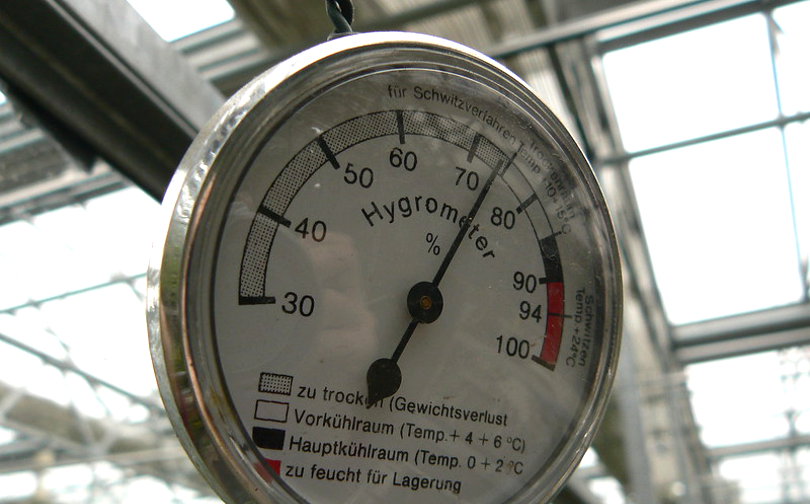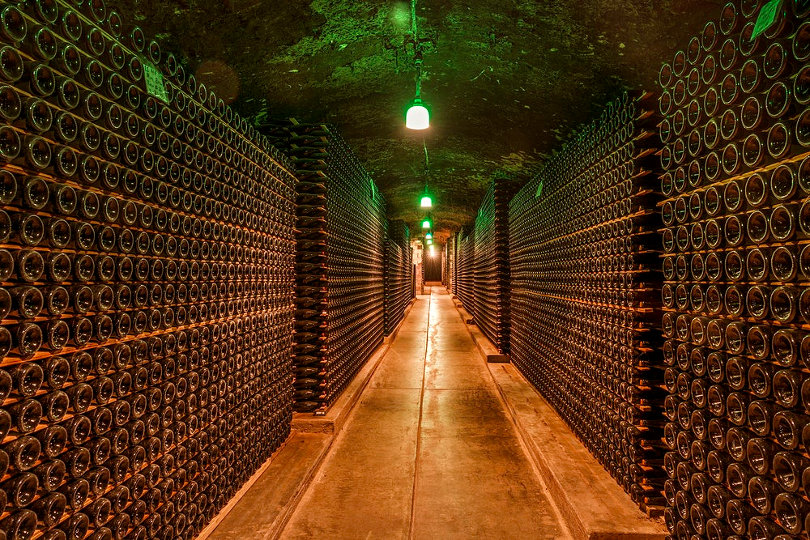A humidity sensor, also known as a hygrometer, is a device that measures humidity and monitors electrical changes in the amount of humidity. It is used in places affected by high or low moisture/ evaporation, such as hospitals, schools and other places with high humidity.

Control The Air
A hygrometer is used to control air conditioners, refrigerators, air conditioners, heaters and other devices that need to adapt to changes in humidity.
Wine Cellars to Allergy Sufferers
A good way to envisage this technology is to think about people with wine cellars. They are all looking forward to an Xmas drop and want to maintain a constant temperature and humidity, so that the wine does not spoil.
“Hygrometers are useful for people suffering from health conditions exacerbated by high humidity. For example, allergy sufferers and asthmatics use humidity sensors, because low humidity can make conditions worse and fungi, bacteria, mould and mildew can grow and aggravate symptoms. They are also useful for storing antiques that may be damaged by moisture.” IST – Who are a leader in Innovative Sensor Technology.
The advantage of sensors in industry is that they allow precise measurement and recording of moisture data. The sensor mechanism of a humidity sensor detects electrostatic changes in the air, when the humidity of the environment changes.
The voltage changes are converted into digital readings that show the amount of moisture in the air. As soon as the sensor picks up these changes, the measurements are recorded and converted into humidity values. The data logger can be used for real-time monitoring and can send warnings in case of sudden changes.

The Weather We All Love
You can use it to monitor a wide range of weather conditions, such as high humidity in widely dispersed locations. There are a number of reports that can be recorded in real time using the data logger and humidity sensor.
Three types of sensor technologies are detection by resistant, capacitive or thermal conductivity. Resistance sensors are useful when used in remote locations, such as monitoring water, air and air quality.
The sensor types used depend on the type of environment and its sensitivity to temperature, humidity and condensation tolerance. Thermal conductivity sensors are advantageous in corrosive environments with high temperatures. Capacitive sensor is advantageous over a wide range of condensation tolerance, such as in high humidity environments.
Commercial
In commercial office buildings, humidity sensors are often installed in HVAC systems, which help to keep the air safe and breathable. Moisture sensors are also used in the industrial production of moisture-sensitive materials.
Advances in technology have made it possible to control humidity in order to maintain healthy indoor air and protect objects from moisture. Humidity sensors are also used to collect data for weather forecasts, where humidity needs to be measured and recorded to evaluate patterns and make weather forecasts.
There are a number of online companies that specialise in providing high quality hygrometers, that are able to prevent damage caused by physical or chemical contamination.







